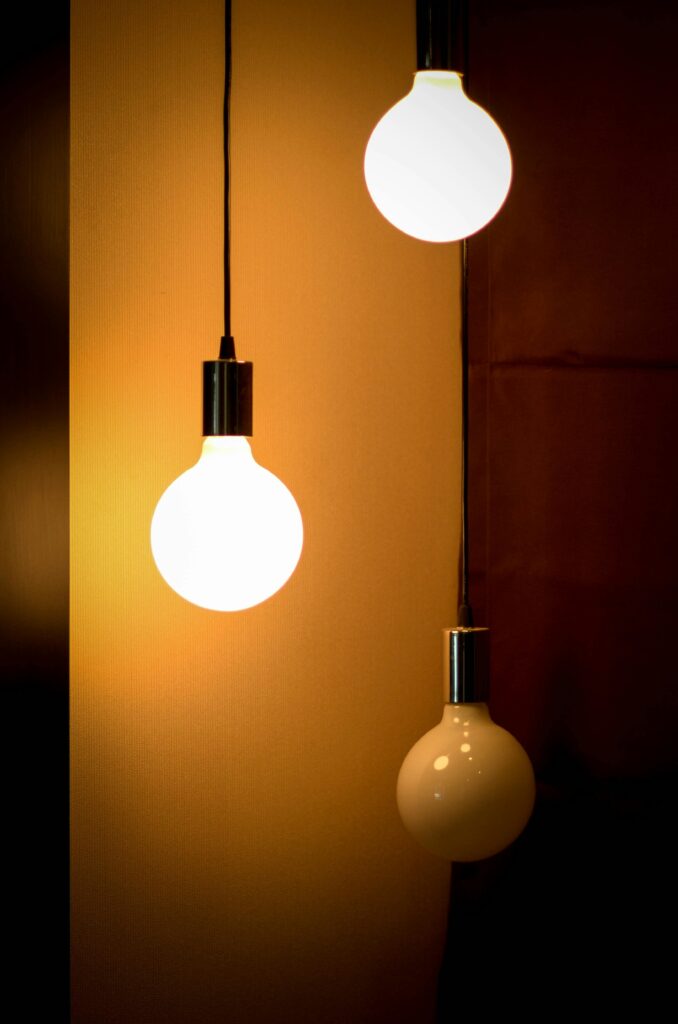Ensuring the electrical safety of your home is crucial to prevent hazards and maintain a secure living environment. Conducting a DIY electrical safety check is a proactive step every homeowner can take. Here’s a step-by-step guide to help you identify potential electrical issues before they escalate:
1. Inspect Electrical Cords: Check all electrical cords for fraying, cracking, or any signs of wear and tear. Damaged cords can be a fire hazard and should be replaced immediately. Use this opportunity to ensure cords are not running under carpets or furniture, which can overheat and cause fires.
2. Test Your Outlets: Use a plug-in outlet tester to check for improperly wired outlets, a common issue in many homes. These testers are inexpensive and can identify several wiring problems, including reverse polarity and ground faults.
3. Survey Circuit Breakers and Panels: Ensure your circuit breaker panel is easily accessible and not obstructed. Check for any signs of rust or damage. If breakers frequently trip or if there’s any sign of overheating, professional assessment may be needed.
4. Evaluate Light Fixtures: Verify that all light fixtures are using the correct wattage bulbs. Overlamped fixtures (using bulbs with higher wattage than recommended) can overheat and cause fires.
5. Smoke Detectors and Fire Extinguishers: Ensure smoke detectors are installed in key areas and test them monthly. Keep a fire extinguisher readily accessible, especially in areas with higher electrical use like kitchens and laundry rooms.
6. Ground Fault Circuit Interrupter (GFCI) Testing: Test GFCIs monthly by pressing the “test” button. These are vital in wet areas of your home, like bathrooms and kitchens, to protect against electrical shock.
7. Check Outdoor Systems: Inspect outdoor lighting and outlets. Outdoor electrical systems should have weatherproof covers to prevent moisture entry, which can lead to short circuits.
Conducting a DIY electrical safety check is a responsible practice that can significantly reduce the risk of electrical hazards. However, if you identify any serious issues, it’s crucial to consult a professional electrician. Regular checks, combined with professional maintenance, will keep your home safe and your electrical systems in top condition.

